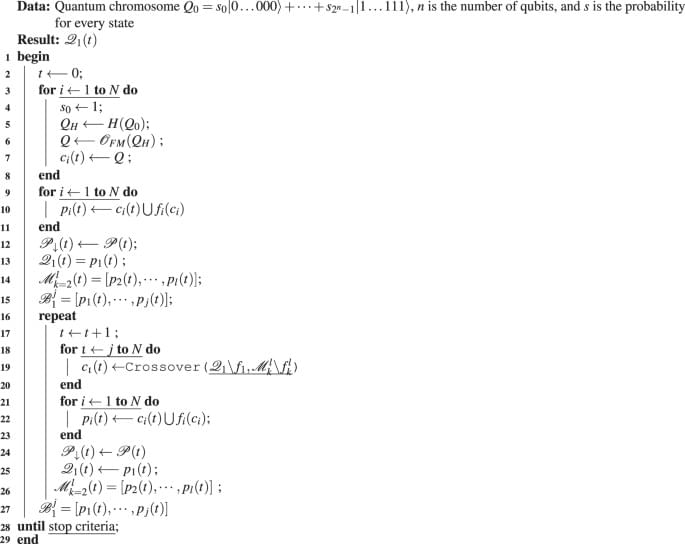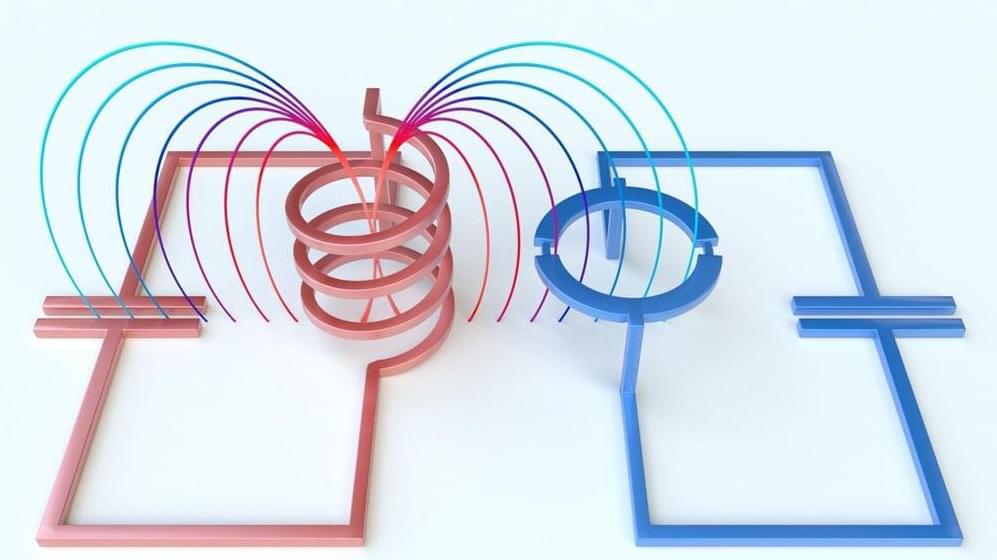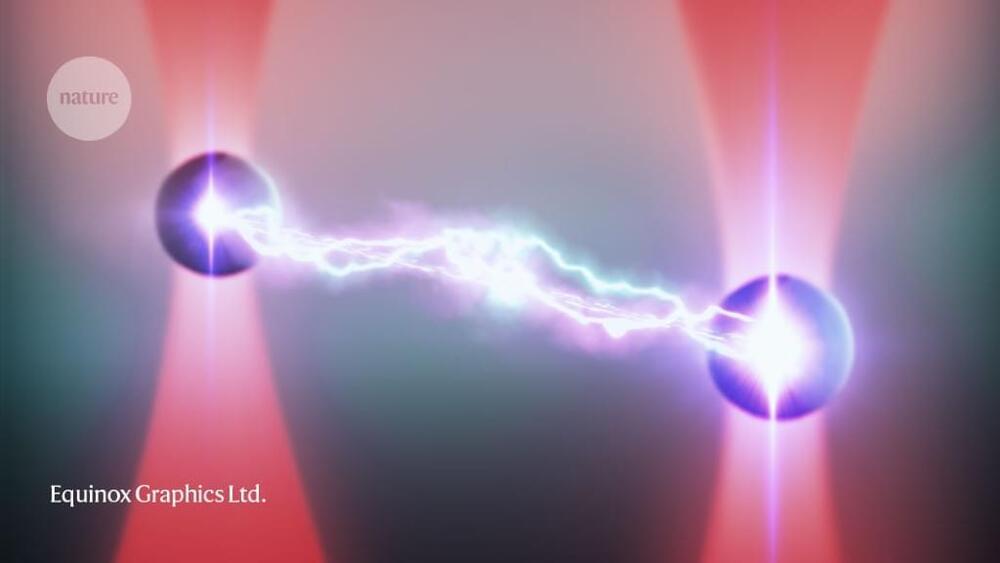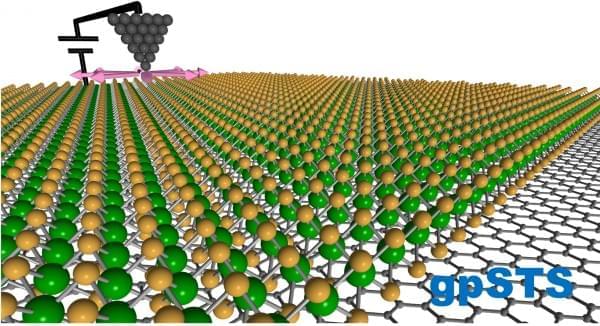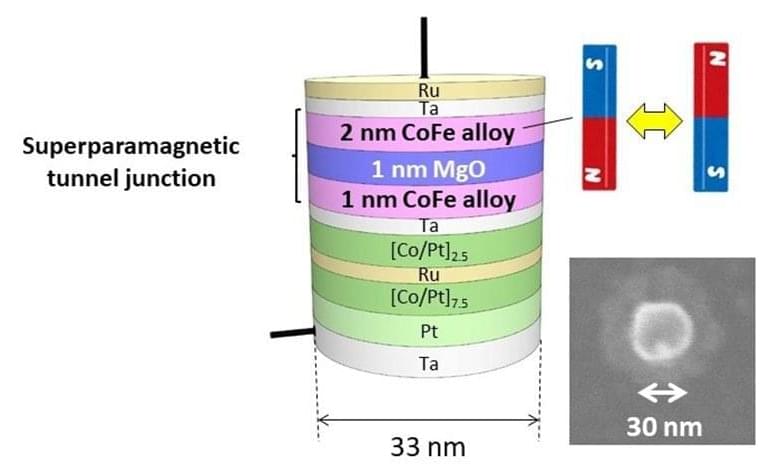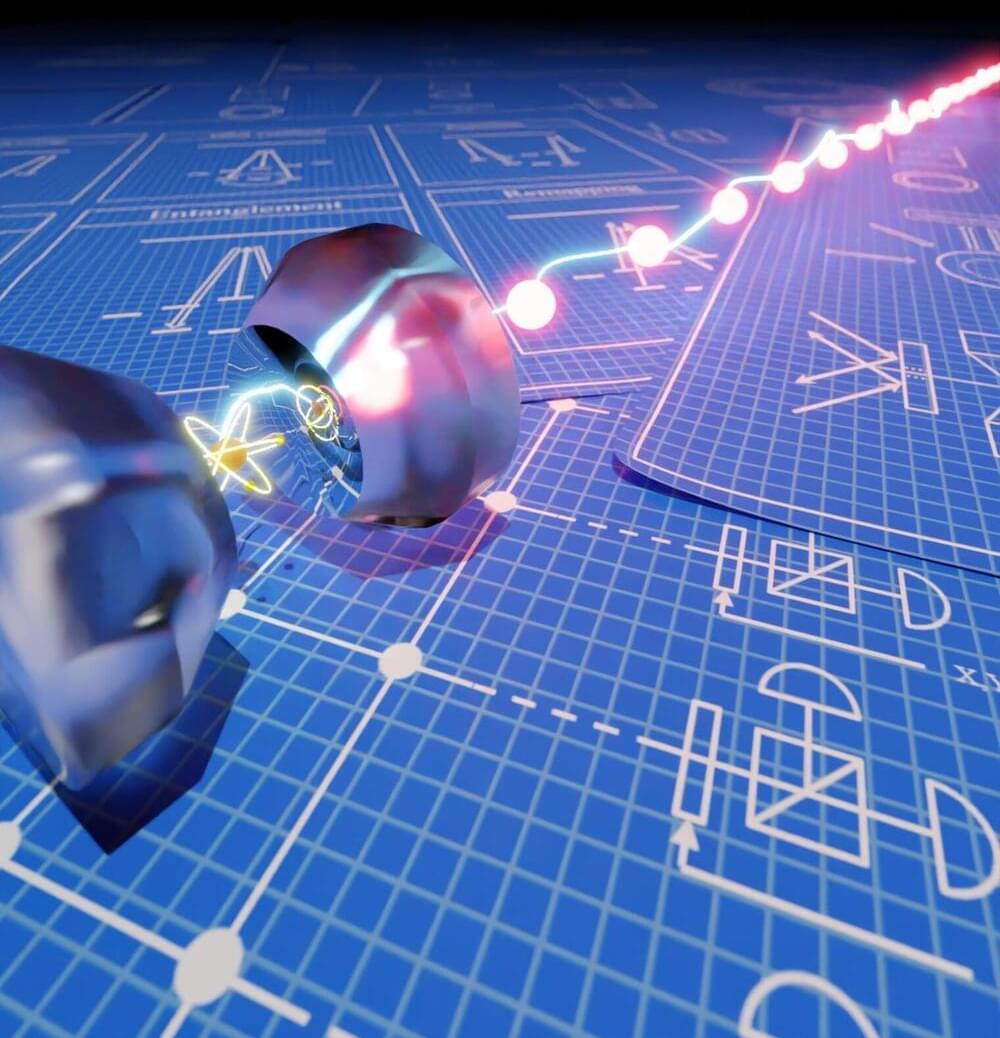Quantum computers promise to propel computing far beyond what today’s computers are capable of, but this potential has yet to be realized. In their search for a way to demonstrate quantum supremacy, researchers working in the EU-funded PHOQUSING project are developing a hybrid computational system based on cutting-edge integrated photonics that combines classical and quantum processes.
The project’s goal is to develop a quantum sampling machine that will put Europe at the forefront of photonic quantum computing. With this goal in mind, PHOQUSING project partner QuiX Quantum in the Netherlands has created the largest quantum photonic processor compatible with quantum dots (nanometer-sized semiconductor crystals that emit light of various colors when illuminated by ultraviolet light). The processor is the central component of the quantum sampling machine, a near-term quantum computing device able to show a quantum advantage.
“Quantum sampling machines based on light are believed to be very promising for showing a quantum advantage,” reports a news item posted on the QuiX Quantum website. “The problem of drawing samples from a probability distribution, mathematically too complex for a classical computer, can be solved easily by letting light propagating [sic] through such quantum sampling machines. At the very core of quantum sampling machines there are large-scale linear optical interferometers, i.e. photonic processors.”

